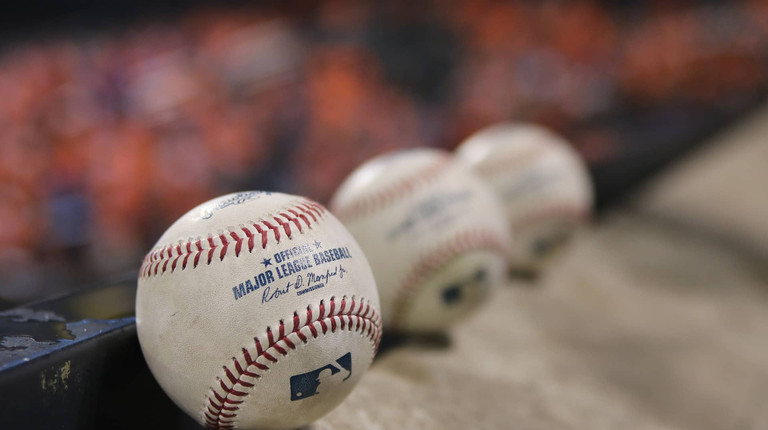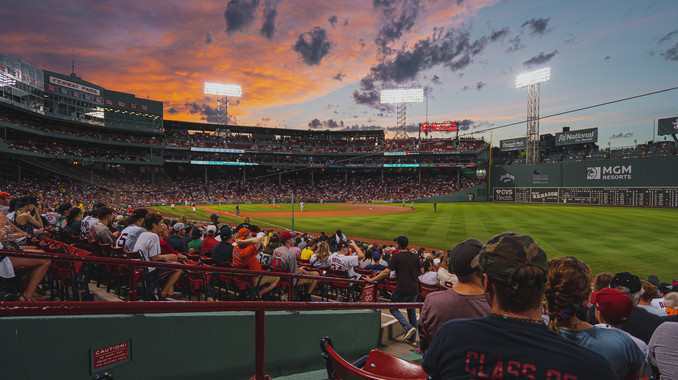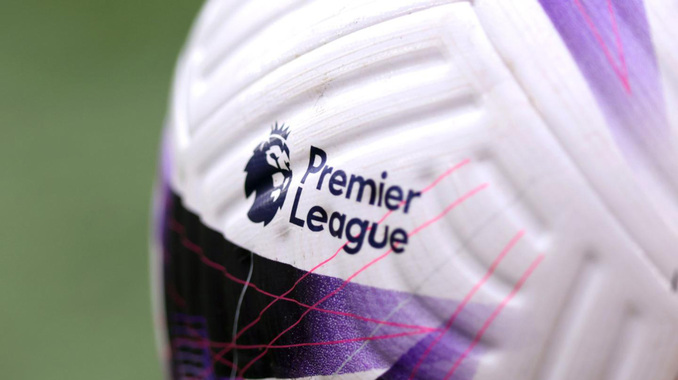The 2024 season of Major League Baseball is upon us, and the game’s rules have seen some major changes in recent years that fans and players alike need to be aware of. One of those changes has even superseded a rule that’s been in force since way back in 1882!
From widening the runner’s lane to refining pitcher warm-up protocols, these changes are poised to tweak gameplay dynamics. Join us as we explore the nuances and implications of these rule modifications and how they may shape the upcoming baseball season and beyond.
What Are the New MLB Rules in 2024?
Let’s dissect some of these new changes to the MLB’s rules for 2024. Most of these are minor tweaks compared to last year’s modifications, but they could still have an outsized impact on both gameplay and viewing. Most are also aimed at increasing the efficiency of the game.
For more information on the rule changes from 2023, scroll down towards the bottom of the article, or click this link.
Pitch Clock
In the upcoming season, we’ll see some tweaks to the new pitch clock rules introduced just last year already. Specifically, the time allowed between pitches when runners are on base has been shortened to 18 seconds, down from the previous 20 seconds.
Conversely, with the bases empty, the pitch clock remains fixed at 15 seconds. Pitchers that violate the rule incur an automatic ball. The goal here is to maintain a consistent pace of play, but the rule has been controversial among teams and fans since it was introduced.
Additionally, there is a notable change in the restart mechanism of the pitch clock after a “dead ball” situation, defined as a ball out of play, such as a foul ball. Previously, the clock initiated only when the pitcher had reached the mound. Now, it restarts as soon as the pitcher retrieves the ball.
Mound Visits
New adjustments to the rules regarding visits to the pitcher’s mound have been implemented, reducing the allowance from five visits per game to four. An additional mound visit is permitted in the ninth inning if the defensive team exhausts its remaining visits by the end of the eighth inning.
According to MLB, teams averaged just 2.3 mound visits per game last season. Notably, 98 percent of games would have adhered to the new limit of four mound visits, indicating minimal disruption to the flow of the game but a heightened emphasis on gameplay efficiency.
Pitchers
There were 24 instances last season where a pitcher warmed up between innings but was replaced before delivering a pitch based on information from the MLB. This practice resulted in approximately three minutes of dead time per occurrence.
To address this issue, MLB has implemented a new rule stipulating that a pitcher sent to the mound to warm up between innings must face at least one batter. Consequently, managers will need to ensure that their primary pitchers are always prepared to enter the game, rather than resorting to substitutions to prolong the interval between innings.
Runner’s Lane
The runner’s lane, where players run to first base, will widen in the upcoming season, extending into the dirt area between the foul line and the infield grass. This adjustment, aimed at providing batters with a wider route to first base, also seeks to reduce interference during gameplay.
The MLB now mandates a distance of 18 to 24 inches between the foul line and the infield grass in all baseball parks, superseding a rule dating back to 1882. The league acknowledges that certain ballparks may receive limited grace periods from MLB due to challenges in field size modifications, such as synthetic turf fields.
Past Impact & Future Expectations of MLB Rule Changes
In recent years, the MLB has been actively seeking methods to enhance the pace of gameplay. Last year, a multitude of rule changes were introduced, aimed at streamlining the flow of matches and improving the overall experience for both players and fans.
The results of these alterations were significant, looking at the 2023 season’s statistics. Nine-inning games, on average, clocked in at two hours and 39 minutes, marking a notable reduction of nearly 25 minutes compared to 2022. This duration also stands as the shortest recorded since 1985, when games averaged two hours and 40 minutes.
The positive impact of these changes highlighted MLB’s ability at refining the sport’s dynamics to appeal to a younger audience with faster-paced games while maintaining the venerated sport’s historical essence and appeal.
Given that this year’s proposed alterations are relatively minor in comparison to last year’s changes, their anticipated impact on the game’s overall dynamics is expected to be less significant. However, there remains optimism that these adjustments will contribute to the ongoing trend of reducing the length of games.
Watch MLB on DIRECTV
You can enjoy comprehensive coverage of all the MLB action this year right on DIRECTV. Don’t miss a single minute of the 2024 MLB season.
Check out where to watch games here:
- Regional Sports Lineup (only available in some areas)
- FOX Sports 1 – DIRECTV 219
- MLB Network – DIRECTV 213
- ESPN – DIRECTV 206
- ESPN 2 – DIRECTV 209
- MLB EXTRA INNINGS®
Get DIRECTV’s top MLB coverage today!
What were the new MLB rules from 2023?
Timing
Depending on the game, baseball can take a while. Innings will still be the determining factor of the length of a game, but rule changes have been implemented to avoid unnecessary delays.
To keep the pace moving, there is now a 30-second timer between each batter. Once a pitcher receives the ball, they have 15 seconds to begin their next pitch when the bases are empty. Pitchers are allotted 20 seconds when there are runners on base.
Another change for pitchers, they are now only allowed two disengagements from the mound “per plate appearance with a runner on base.” These disengagements will lead to the timer to reset.
Shift Restrictions
The next rule that was implemented regards the defensive team’s players on the field. Before 2023, many teams used a strategy called “shifting,” which involved shifting defenders to different areas of the field based on the player at bat. According to CBS Sports, this strategy was mostly used against left-handed hitters.
Now, a team must have at least four players on the infield, “with at least two infielders completely on either side of second base.”
Why mandate where players stand on the field? It’s about creating more action during each play. Ideally this will allow offensive players to hit more singles and improve batting averages.
Base Sizes
The final category of rule changes was done largely for safety, rather than for fans’ entertainment or speed. Each base besides home plate has been expanded from 15 inches across to 18 inches.
The change is aimed at reducing collisions between fielders and runners.
![]()
DIRECTV Insider brings you our views on what’s happening in streaming, t.v., movies and sports. Companies and persons mentioned are not necessarily associated with and do not necessarily endorse DIRECTV. We will disclose sponsored content on our site when we show it to you, and some of the links on the site may be ads or affiliate links which means DIRECTV may earn compensation from your purchases.







